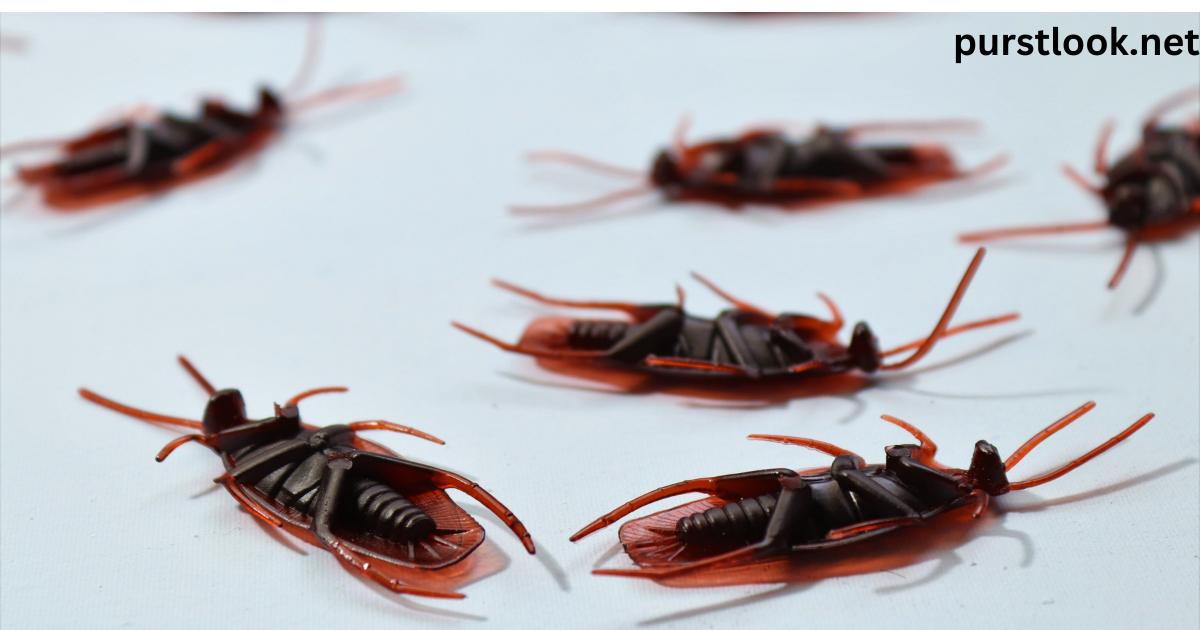Roaches are among the most common household pests, often thriving in damp and dark environments. Recognizing their physical characteristics is crucial for identifying and managing infestations.
Physical Traits of a Roach
Roaches have distinctive features that help them adapt and thrive in various conditions:
- Body Shape: Flat and oval, enabling them to squeeze into tight spaces.
- Color: Typically brown or black, though it varies by species.
- Antennae: Long and sensitive, used for detecting food and danger.
- Legs: Six spiny legs, providing excellent speed and grip.
- Wings: Present in many species, but not all are strong fliers.
Table: General Characteristics of Roaches
| Feature | Description |
|---|---|
| Size | Ranges from 0.5 to 2 inches |
| Color | Light brown, dark brown, or black |
| Body Shape | Flat and oval |
| Wings | Vary by species, some can glide |
| Antennae | Long, used for sensory detection |
Common Roach Species
American Roach
- Size: Up to 2 inches
- Color: Reddish-brown with a yellow band behind the head
- Habitat: Warm, damp areas like basements and drains
German Roach
- Size: 0.5–0.6 inches
- Color: Light brown with two dark stripes on the back
- Habitat: Kitchens and bathrooms
Oriental Roach
- Size: 1 inch
- Color: Shiny black or dark brown
- Habitat: Cool, damp places like basements and under sinks
Brown-Banded Roach
- Size: 0.5 inches
- Color: Light brown with horizontal bands
- Habitat: Dry, elevated areas like ceilings and furniture
Lifecycle of Roaches
Roaches have three main life stages: egg, nymph, and adult. Each stage has unique features that make them resilient pests.
Table: Stages of Roach Development
| Stage | Duration | Features |
|---|---|---|
| Egg | 1–2 months | Protected in a capsule (ootheca) |
| Nymph | 6 months to 1 year | Wingless, smaller than adults |
| Adult | 1 year | Fully developed wings (in some) |
Signs of Roach Infestation
Physical Evidence
- Droppings: Small, dark, and cylindrical.
- Egg Cases: Oothecae found in hidden crevices.
- Shed Skin: Roaches shed their exoskeleton as they grow.
- Odor: Musty smell from roaches’ pheromones.
Behavioral Clues
- Active mostly at night.
- Found near food and water sources.
Preventing Roach Infestations
Cleaning and Maintenance
- Keep counters and floors clean.
- Store food in sealed containers.
- Dispose of garbage daily.
Sealing Entry Points
- Repair cracks and gaps in walls and floors.
- Use weather stripping around windows and doors.
Moisture Control
- Fix leaky pipes and faucets.
- Use dehumidifiers in damp areas.
FAQs
What Does a Baby Roach Look Like?
Baby roaches, or nymphs, are smaller and lighter in color than adults. They lack wings and grow through multiple molting stages.
Do All Roaches Have Wings?
Not all roaches have fully developed wings. For example, Oriental roaches have small wings that do not support flight.
What Attracts Roaches to Homes?
Roaches are attracted to food crumbs, water sources, and shelter in dark, damp spaces.
How Can You Differentiate Roach Species?
Key differences include size, color, and habitat preferences. For example, German roaches are smaller and prefer humid environments, while Oriental roaches are larger and thrive in cooler areas.
Can Roaches Cause Health Problems?
Yes, roaches can carry bacteria, allergens, and pathogens, contributing to respiratory issues and food contamination.
Conclusion
Roaches are adaptable pests with unique physical traits, including flat bodies, long antennae, and spiny legs. Identifying the species and signs of infestation is crucial for effective control. Regular cleaning, sealing entry points, and managing moisture are essential steps in prevention. When infestations persist, professional pest control services can help eliminate the problem. By understanding these pests, you can protect your home from unwanted intrusions.
